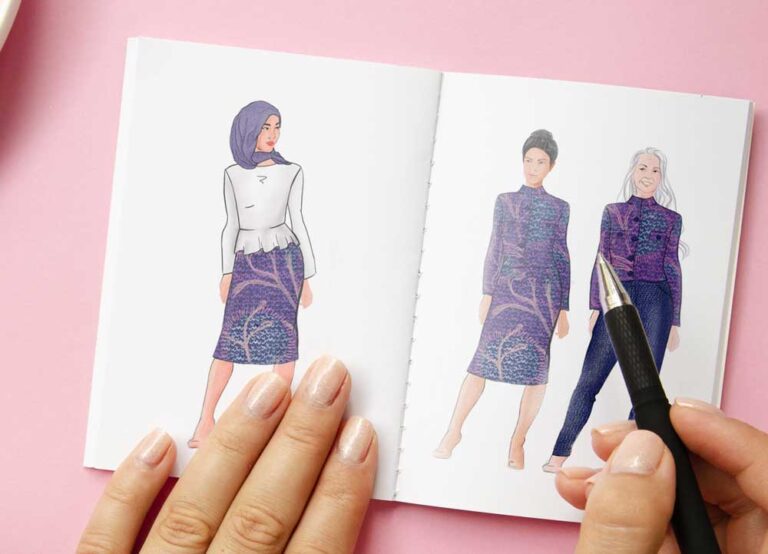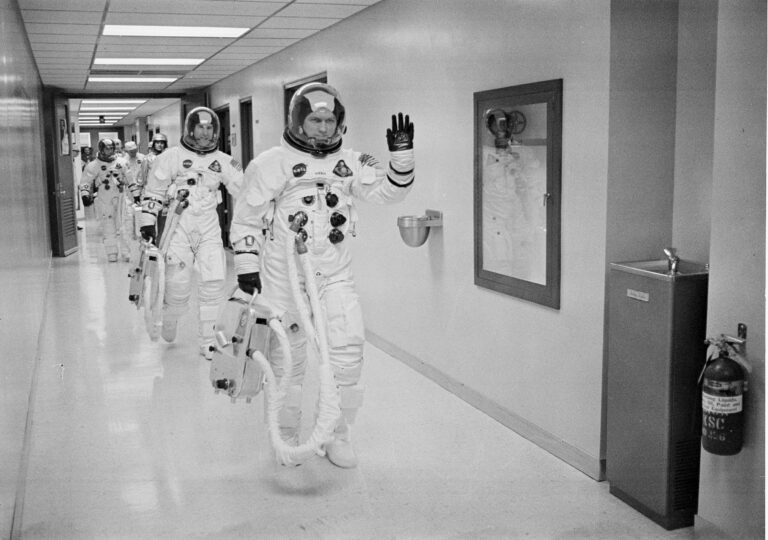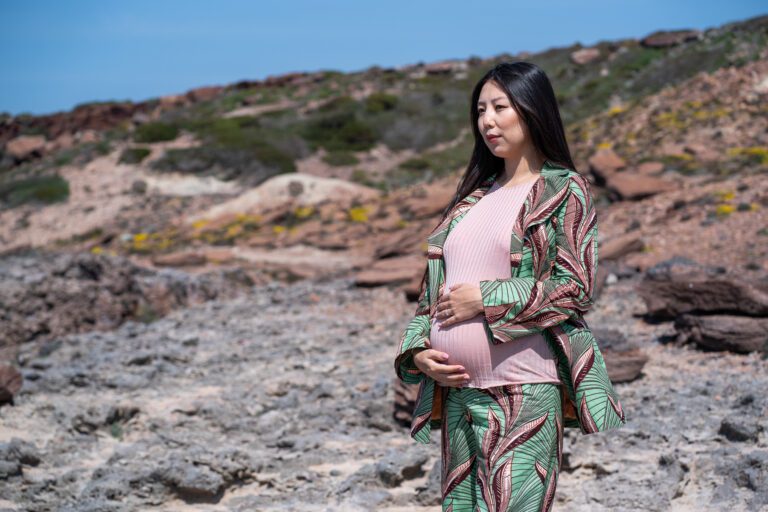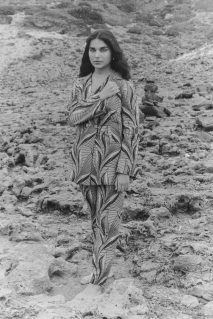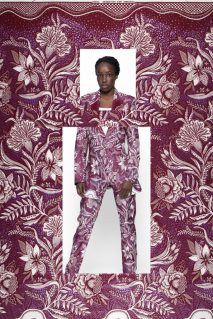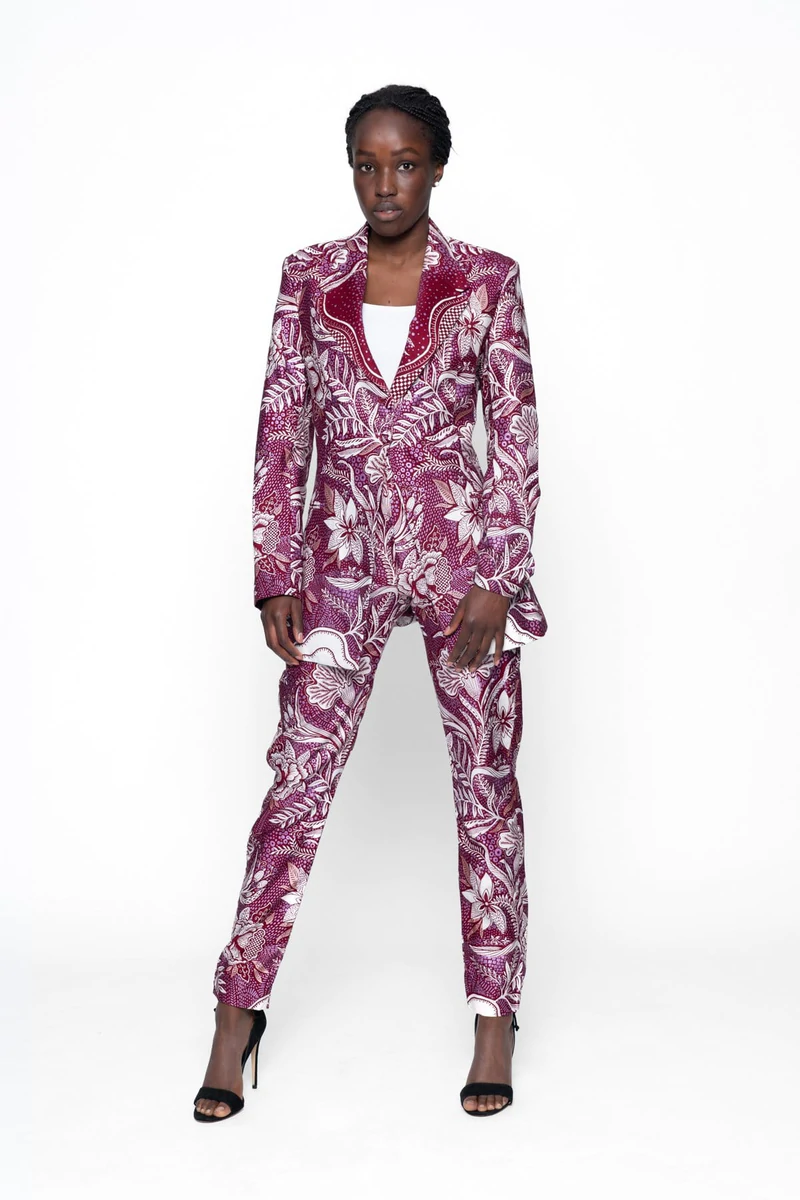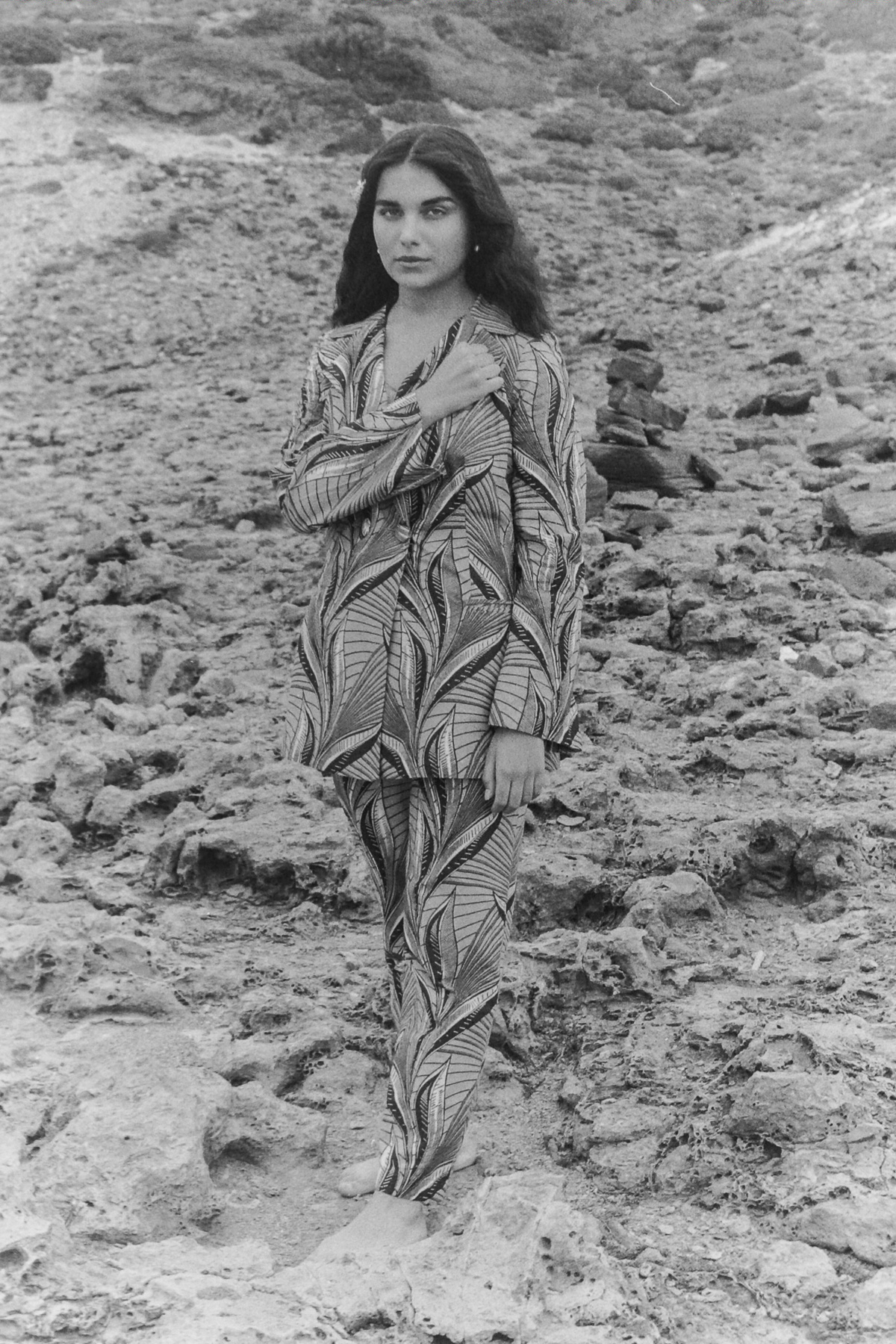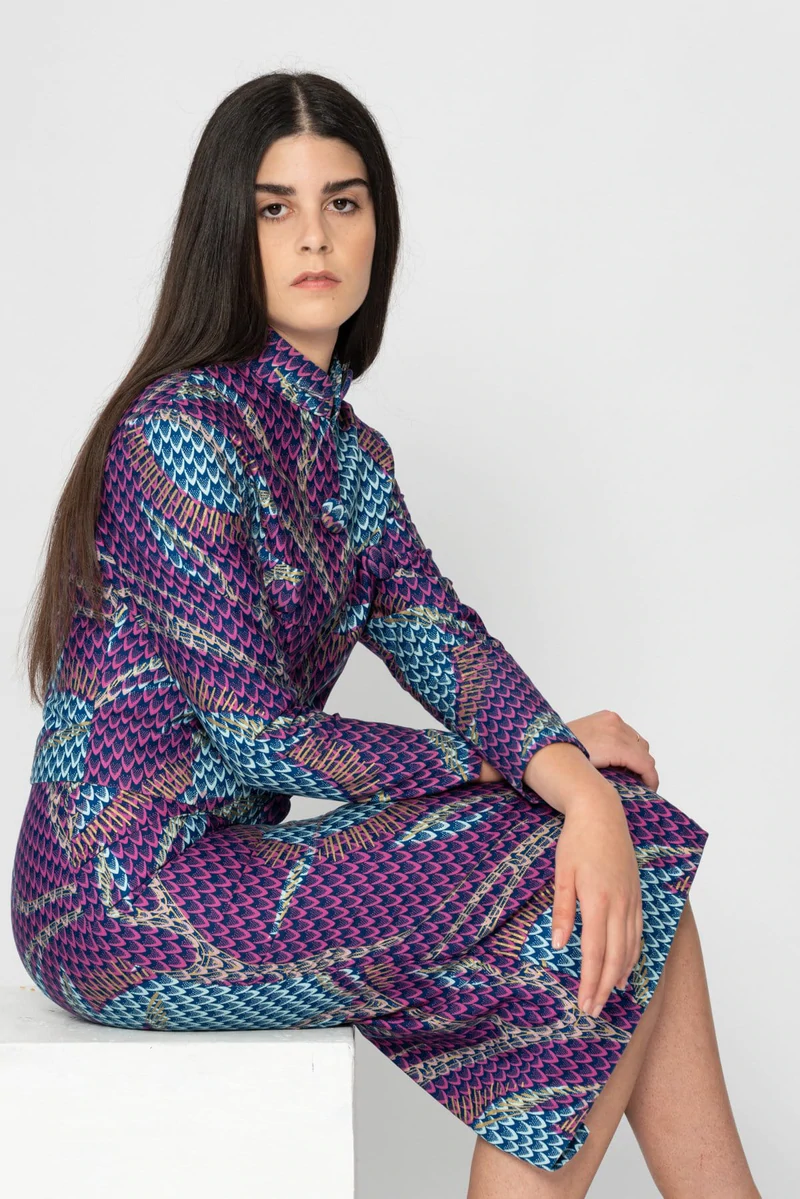sustainability
Sustainability
A matter of Design, Materials and Demand
Design
For us, sustainability starts with the design choices we make to affect consumer behaviors and the use of raw materials.

When you purchase from us, we collect your measurements and work with our tailors to sew it for you, exactly how you like it. In this way, we avoid piles of inventory sitting around the world and enable sustainable consumption by producing only what our customers want. The end result is reduced levels of overstock and an increased reliance on small-batch production cycles. Not to mention happy customers.
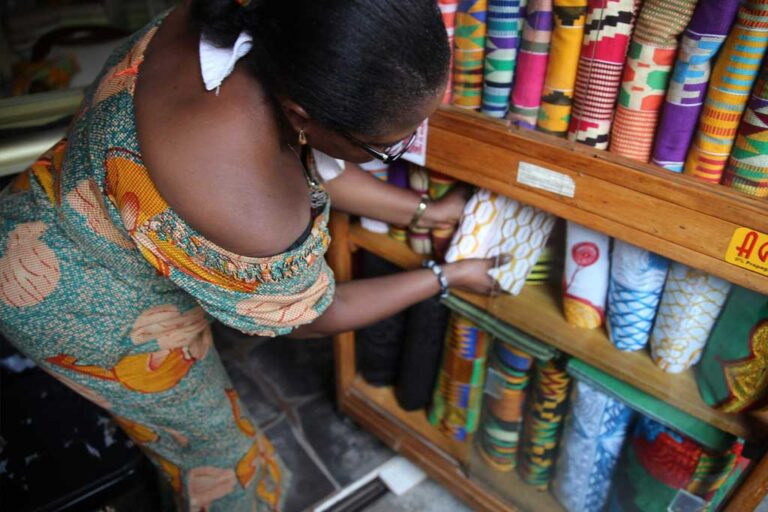

Avoiding dry cleaning means that our customers reduce their likelihood of being exposed to perchloroethylene.
The dry cleaning process releases small amounts of perchloroethylene into the air. Perchloroethylene is a volatile organic compound (VOC), a manufactured chemical that is primarily used for dry cleaning fabrics and degreasing metals. It has also been used to make other chemicals as well, including chlorofluorocarbons and rubber coatings; as an insulating fluid and cooling gas in electrical transformers; and as a scouring, sizing, and desizing agent in textiles.
We make long life-cycle pieces that can be worn for years and that will still remain beautiful because they are made with superior materials that can guarantee a much longer life span. We have personally tested our creations and after more than 20 washes they are still in remarkable condition. Because our garments are made from 100 percent natural fibers, they can be easily recycled when they reach the end of their life. By contrast polyester fibers take more than 200 years to decompose.
Materials
At Maakola we select 100 percent cotton fabrics so that you can wash them at home using warm water instead of sending them to a dry cleaning service.
Demand
Each Maakola piece is customized and made to order.
Our model is a demand-based one and we don’t work with retailers so that our production is as close as possible to the desired order. To maintain this agility, in contrast to economies of scale, we use deadstock fabrics so that we can release often, new, limited products and customize garments based on the needs of our customers.
